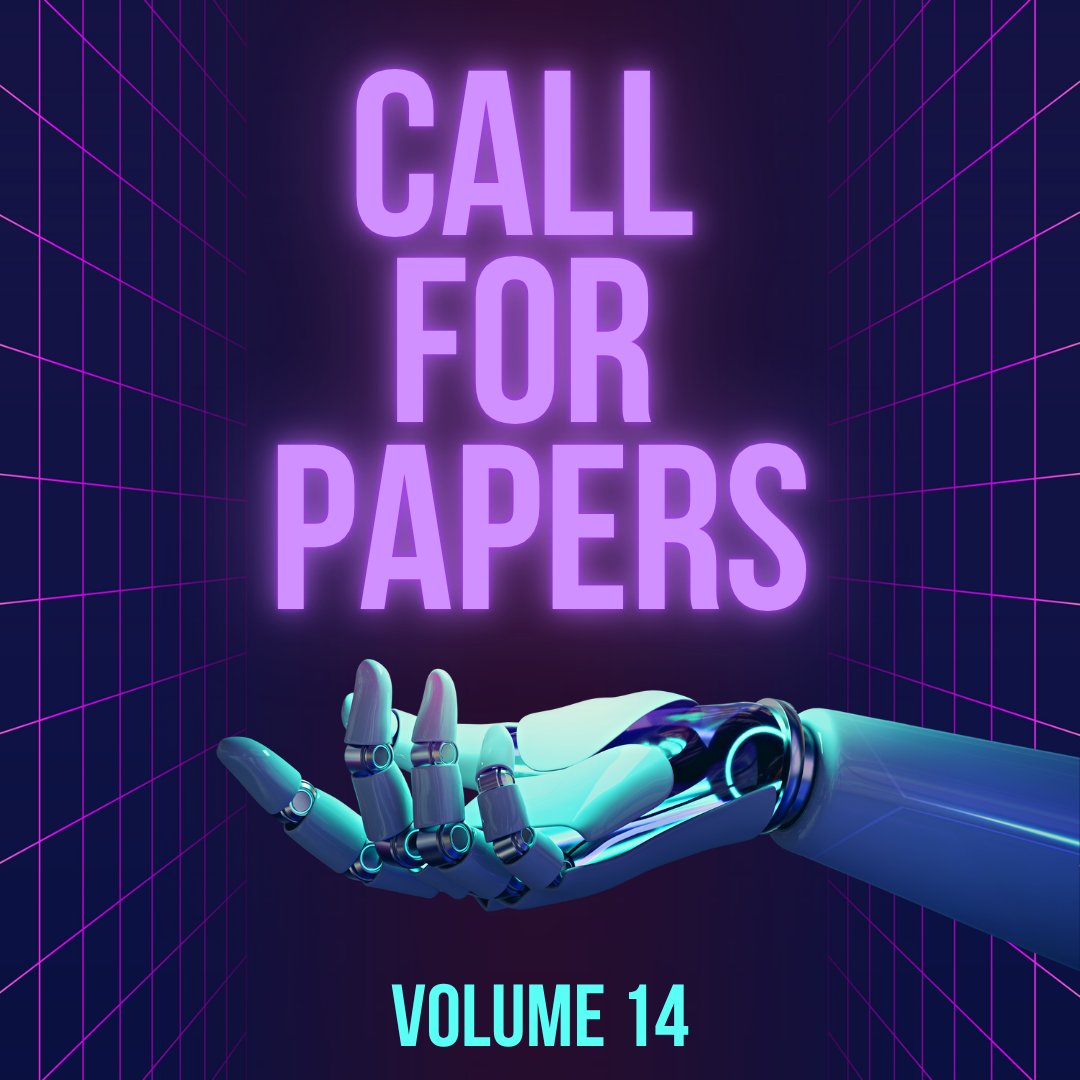Leukaemia Identification based on Texture Analysis of Microscopic Peripheral Blood Images using Feed-Forward Neural Network
Keywords:
Leukaemia, Feature Extraction, Classification, Microscopic Peripheral Blood, Texture Analysis, Feed-Forward Neural NetworkAbstract
Leukaemia is very dangerous because it includes liquid tumour that it cannot be seen physically and is difficult to detect. Alternative detection of Leukaemia using microscopy can be processed using a computing system. Leukemia disease can be detected by microscopic examination. Microscopic test results can be processed using machine learning for classification systems. The classification system can be obtained using Feed-Forward Neural Network. Extreme Learning Machine (ELM) is a neural network that has a feedforward structure with a single hidden layer. ELM chooses the input weight and hidden neuron bias at random to minimize training time based on the Moore Penrose Pseudoinverse theory. The classification of Leukaemia is based on microscopic peripheral blood images using ELM. The classification stages consist of pre-processing, feature extraction using GLRLM, and classification using ELM. This system is used to classify Leukaemia into three classes, that is acute lymphoblastic Leukaemia, chronic lymphoblastic Leukaemia, and not Leukaemia. The best results were obtained in ten hidden nodes with an accuracy of 100%, a precision of 100%, a withdrawal of 100%.



